Craig McNamara had come prepared to talk about heavy things.
He was, after all, promoting a new memoir about his father, Robert McNamara, the polarizing secretary of Defense under Presidents John F. Kennedy and Lyndon B. Johnson, whose actions prosecuting the Vietnam War had hung over his son’s entire life. The book’s title is a gut punch: “Because Our Fathers Lied: A Memoir of Truth and Family, From Vietnam to Today.”

Walnut farmer Craig McNamara stands next to a chair once belonging to his father, Robert McNamara.
(Brian van der Brug / Los Angeles Times)
And McNamara, the former head of California’s Board of Food and Agriculture, was also carrying a weight of worries about what climate change is doing to his family’s walnut farm. He bought the property here on the banks of Putah Creek four decades ago — not long after he returned to the United States from Mexico and South America, places he had fled to to escape what his father’s war was doing to the country, and to himself.
It was all so much that McNamara, now 72, at one point appeared near tears.
But none of this, apparently, dimmed his joy at zipping around his 450-acre farm in an electric four-by-four vehicle at a high rate of speed. A very high rate of speed.
“Hold on,” he said, gesturing to a handle mounted on the side of a door frame. With no more warning than that, he dropped into low gear and gunned the engine. The vehicle surged up an overgrown dirt path. Branches whipped past his face. The slow-moving waters of Putah Creek appeared to glimmer from above — an impossible angle.
The vehicle’s electric motor groaned. Would it make it up the embankment? What would happen if it didn’t? Would it plunge into Putah Creek? Along with the great blue heron perched regally on a branch, there were possibly leeches in that water, not to mention poison oak lining the banks. Would one of the leading lights of California agriculture and a Times reporter have to splash through brackish creek water and then hoist the buggy onto dry land?
Column One
A showcase for compelling storytelling from the Los Angeles Times.
But with a last whine of its engine, the little farm vehicle popped up, off the embankment and back onto a proper dirt road leading through the orchard of walnut trees. McNamara made no comment — although his son Sean later described his father’s driving as “totally insane,” adding: “We need a support group of giving him more [guff] for his driving.”
The tour continued.
Here were the hundreds of chickens that McNamara’s daughter Emily pastures for her egg business. Over there — but shhh, don’t distract Sean’s dog Penny who is hard at work — were the sheep Sean was using to clear brush, part of the farm’s sustainable approach to land management. (When they were finished with their work, some of the sheep were bound for slaughter, their meat another source of income for the farm.)
Here are the rows of peach trees planted by young people involved in the Center For Land Based Learning, the nonprofit McNamara and his wife, Julie, founded to inspire and educate future generations of farmer and community leaders. Karen Ross, the secretary of the California Department of Food and Agriculture, called the effort “life-changing” for the young people involved.
“He’s always been a leader in organic and sustainability issues,” she said. But his programs for young people “gave them confidence and this understanding of nature and the environment and agriculture and science and I have met so many of them and they can tell you how it changed their lives.”

Craig McNamara holds a commemorative calendar from the days of the Cuban missile crisis in his office in Winters.
(Brian van der Brug / Los Angeles Times)
Here is an imperfect peach, warm from the sun, that should be eaten right this instant. And this is an apricot, and not just any apricot, an heirloom, fragile and so hard to ship that they are not often commercially grown, but so flavorful.
And over here is the most important stop on the tour. The place where, metaphorically anyway, McNamara tried to bury all his grief and fear and confusion into the soil, in hopes that something new and restorative could grow in its place.
::
The Cathedral Block of walnut trees, the oldest trees on the farm.
This is the grove where the McNamara family celebrates important family events, and walks beneath the moonlight to take stock of life.
It is also where McNamara’s role as a progressive California farmer — who is so close to his own children he went into business with them — braids together with his lifelong struggle to figure out what it means to be Robert McNamara’s son.
The final chapter of McNamara’s book is set here. He tells the story of a Vietnamese artist, Danh Vo, who set out to make an art installation with some of the wood harvested from the grove.
This is significant because it is actually the artist’s second art installation involving sacred possessions of the McNamara family. The first was when Vo obtained two chairs from the Oval Office where McNamara’s father and Kennedy sat as they pushed the United States into Vietnam. Vo disassembled them into a sculpture that offered a haunting commentary on “America and Vietnam, memory and imagination.”
It’s hard for people who didn’t live through it to understand how polarizing the Vietnam War was, or how large Robert McNamara loomed as the face of it. More than 58,000 American troops died in the conflict, along with millions of Vietnamese people, with estimates ranging from 2 million to 3.8 million dead.

President Lyndon B. Johnson confers with Secretary of Defense Robert McNamara in Washington in November 1963.
(Associated Press)
Robert McNamara eventually turned against the war, and he left his job as secretary of Defense in 1967 for the World Bank at President Johnson’s behest. In later years, he publicly expressed regret for his role in the conflict, writing in his 1995 memoir that it was “wrong, terribly wrong.”
Many, including the editorial page of the New York Times, castigated him. “His regret cannot be huge enough to balance the books for our dead soldiers,” the paper’s editorial page declared. “The ghosts of those unlived lives circle close around Mr. McNamara.”
Will Rogers, Craig McNamara’s lifelong friend and the former head of the Trust for Public Land, said his friend “really struggled with what his father had done.” He added: “Having spent time off and on with his father, I was also very much aware that it was a loving family. Which, of course, made it that much harder.”
Craig McNamara was 15 in 1966 when he called his father from boarding school in advance of a “teach-in” against the war and said: “Dad, if you have any information or leaflets that support your position on the war, will you send them to me?”
Recalling the event in the first chapter of his book, McNamara imagines his father hearing about “body counts and napalm bombings … wondering how to explain it all to his only son.” The leaflets never arrived.

Walnut farmer Craig McNamara poses for portraits on his farm in Winters, Calif.
(Brian van der Brug / Los Angeles Times)
By the time McNamara graduated from high school and enrolled at Stanford in the fall of 1969, the antiwar movement was raging at full force and Robert McNamara was working for the World Bank. The Stanford student joined the antiwar movement, writing that his father’s “refusal to speak publicly to pressure his successors to get out of Vietnam was a primary reason that I started to protest the war. If he wouldn’t tell the truth, I would do it for him.”
Still, he was drifting, with middling grades and no idea what he wanted to do after college, except that it “needed to be far removed from Washington, D.C., politics, business and the military industrial complex.”
So, in the spring of 1971, he and Rogers got on motorcycles and rode south. McNamara stayed for two years, spending time in Santiago, Chile, where he became an admirer of Fidel Castro, and on Easter Island, where he started a dairy cooperative. He returned to the U.S. in 1973, but left months later for Mexico, where he worked on a farm in Michoacan. His mother, who died in 1981 and with whom he was always very close, visited him during his travels, but his father did not.
By the time he returned to the U.S. in the fall of 1974, he had decided to become a farmer. He hitchhiked from San Francisco to Davis and enrolled in the University of California campus there as an ag sciences student.
He met his wife, Julie, at school and in 1980, with funds from his father, they bought their orchard on the banks of Putah Creek.
When people think of California farmers, they often picture the corporate giants who squared off against Cesar Chavez and the United Farmworkers. Rich men who fly private planes into thousand-plus acre spreads in the San Joaquin Valley to oversee multimillion-dollar operations employing hundreds of seasonal workers. But there are about 70,000 farms in California, and only about 2,400 of them are larger than 2,000 acres.
Most farmers in the state — who collectively produce about half the fruits and nuts eaten in the United States and also export food to other countries — post sales of less than $100,000, according to the United States Department of Agriculture. And eking out that living requires backbreaking work, seven days a week.
McNamara reported that for the first 25 years he owned his farm, his take-home pay was about $50,000. And he worked so hard, he related in his book, that when his oldest son Graham was born at the height of the harvest in 1984, delivery room nurses were hesitant to let him hold his newborn because his hands were stained black from picking walnuts.
He described his early years farming this way: “My dirty hands became more heavily calloused and my work boots quickly wore out. I was more exhausted than I had ever been, and I was happy.”
::
Winters, the little town closest to McNamara’s farm, has between 6,000 and 7,000 people — depending on whether you consult the sign at the east end of town or the one on the west. It sits at the base of the Berryessa Mountains, which tint blue most evenings when the sun sets behind them, amid an ocean of orchards and fields of lavender and sunflowers.
For these and many other reasons, it is hard to imagine Craig McNamara could have found a place more different than the three-story house full of Washington powerbrokers he had grown up in if he had tried.
And yet, even here in his refuge, McNamara soon found himself at the center of things. He was appointed to numerous boards, including the California State Board of Food and Agriculture, where he served under Governors Davis, Schwarzenegger and Brown. He launched nonprofits. He traveled the state meeting other farmers and attending meetings. His office on the farm is decorated — in true Washington style — with photographs of elected leaders.
Sean McNamara, 34, said his father has always been “part of the agricultural community and part of the larger conversation around agriculture.”
It appears to come naturally to him, said his friend of more than three decades, Rich Collins, an asparagus seed producer in Solano County.
“He does not shy away from challenges, or leadership, or problems, and in fact he is probably attracted to those things, and maybe much to his wife’s dismay at times,” Collins said.
Collins attributed this, in part, to “the background that he comes from. It is a manifestation of that.” But he added that his friend also seems to have an abnormal amount of energy — a fact that was brought home when they went on vacation together, and McNamara was “go go go” the entire time.
::
In 2009, Robert McNamara died at the age of 93. His son was in Washington, and at his father’s bedside within the hour.
A few years after his death, McNamara made his first trip to Vietnam, along with his daughter, Emily. Rich Rusk, the son of Dean Rusk, who was the secretary of State to Kennedy and Johnson, was supposed to be there too, but he died by suicide shortly before departure.
While in Vietnam, McNamara wrote, “I felt the absence that defined” his relationship with his father. “So much of being my father’s son has been contained in that feeling of a missed connection and the inability to mark certain tragedies, so they linger.”
The following year, in 2018, McNamara spent a year at Stanford, where he started working on his memoir, at the age of 68. He knew it would feature his father, of course, but he also envisioned there would be much more about farming, his love of the land and his embrace of organic and sustainable practices.

A nameplate on the back of Robert McNamara’s chair in the office of his son Craig McNamara.
(Brian van der Brug / Los Angeles Times)
But the book turned out to be mostly about his own journey of coming to terms with being Robert McNamara’s son. It recounts their shared love of the wilderness and hiking in the Sierra, and the terrible distance between them.
In the weeks since publication, McNamara said he has been moved by the people who contacted him to share how moved they were by the book, and how it echoed their own complicated relationships with their fathers.
::
McNamara, it is clear, has tried to be a very different kind of father to his own three children.
After attending college on the East Coast, Emily and Sean have moved back, living in houses near their parents and trying to make a go of a small family farm in 21st century California.
Having his children home is “the greatest gift,” McNamara said, but brings its own weight.
The Central Valley’s blistering heat waves have become more intense and frequent, scorching the walnuts and lessening the yield, even as shipping costs — driven in part by the pandemic — have gone up, cutting into margins even more.
Sean and Emily — working 12-hour days and scrutinizing budgets and markets and distribution networks — are keenly aware of the challenges, with Emily observing that running a family farm “shouldn’t be this hard.”
And yet both say they wouldn’t do anything else. “Farming is a terrible way to make money and have a work-life balance,” Sean said. “But it’s creative. It’s purposeful. It’s challenging. I learn constantly. I get to take care of the place where I’m from.”
After conducting his tour of the farm, McNamara sat on the graceful porch that wraps around his house and tried to describe the mixture of joy and worry that comes from handing down the farm.
“You know, I have a little welling up of fear,” he said, his voice breaking a little. “You’re sitting on this porch of this remarkable resource and land that we cherish and put our heart and souls into,” he said, one that has “sustained my family for 40 years and if we have another year like 2020, we may not survive.”
In fact, he said, the family had recently made the difficult decision to cut down many of the trees in the Cathedral Block, because they are so old they no longer yield large harvests of walnuts. It was a culling, McNamara wrote, that he had put off time and again, but had finally become unavoidable.
Some of that wood went to Vo, the Vietnamese artist, for his art installation piece. And where the mighty trees once grew, something else will take their place, he said.
“The gift is we have two of our three children [living here] who want to change the future of the farm,” he said.
“One might think a legacy is set in stone,” he said, speaking both of his family and his farm. “But this legacy will grow.”
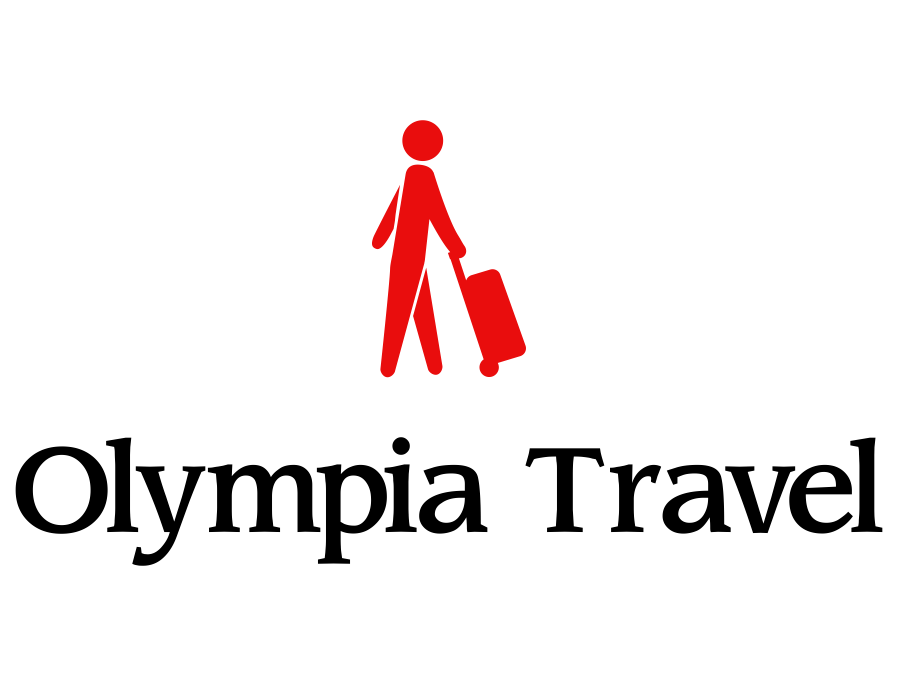

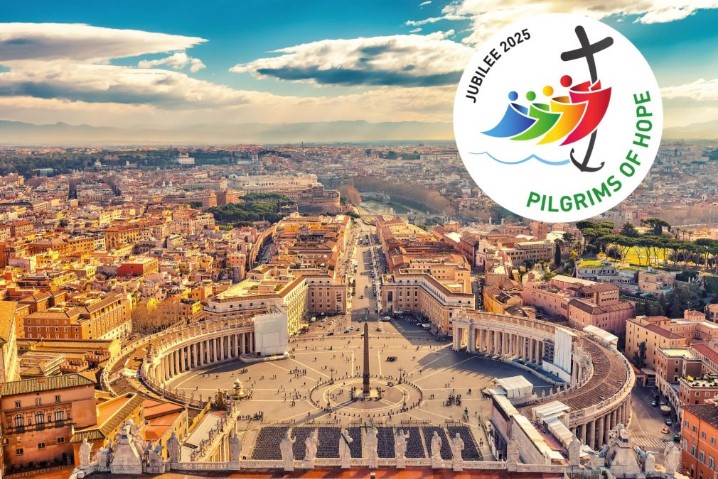
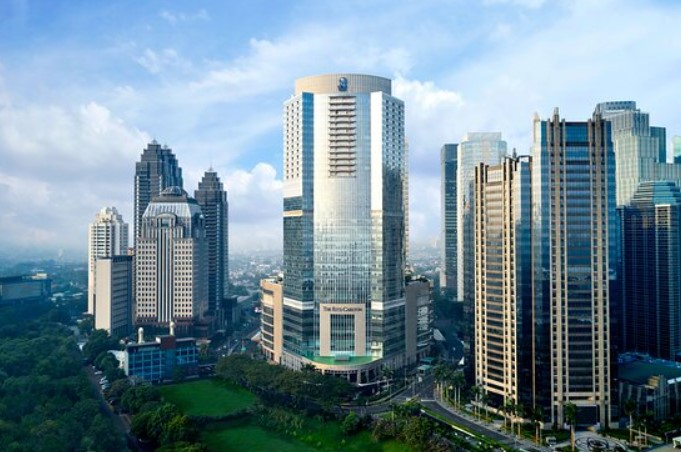
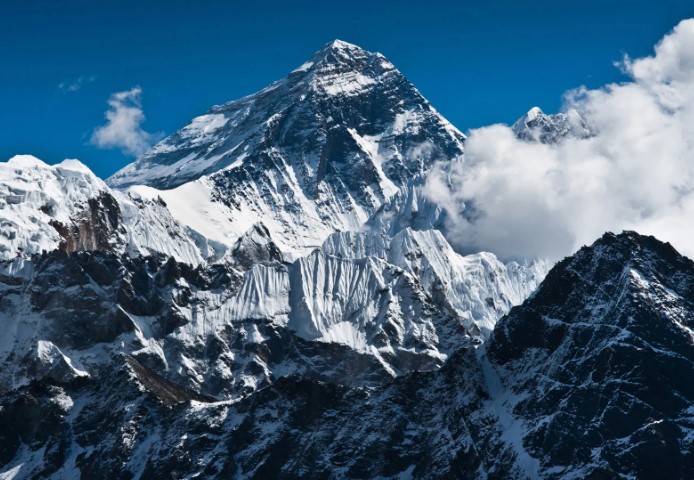
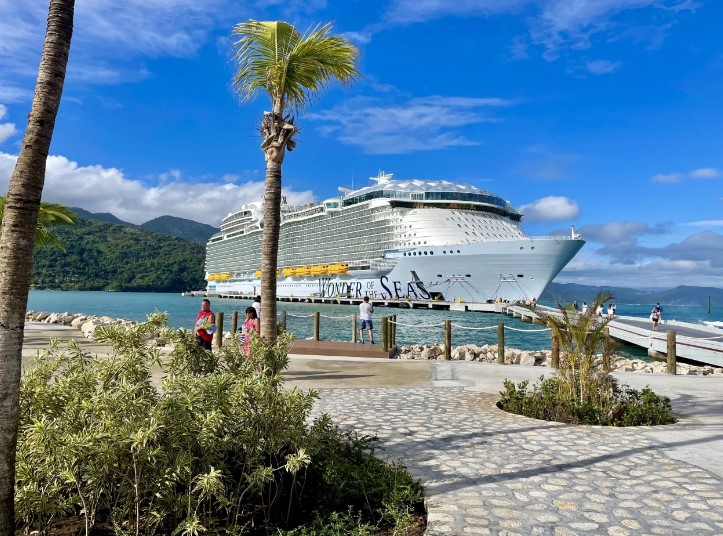
More Stories
France to Continue Issuing Visas to New Vietnamese Passport Holders, But They Cannot Be Used for Travel to Germany
Flag City Honor Flight trip for Vietnam era veterans
Travel firms in trouble after Germany denies visa for Vietnam’s new passports